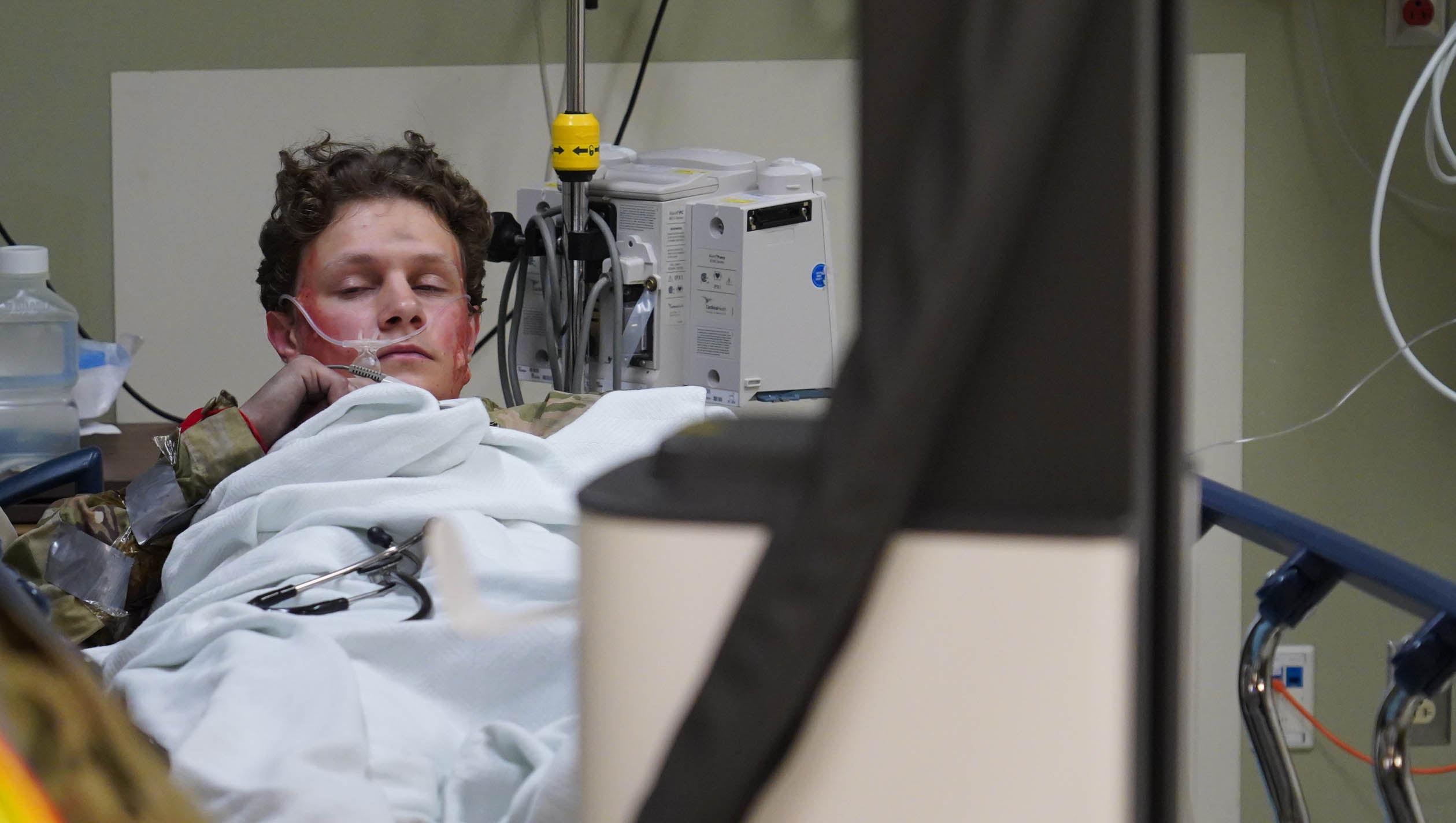

Whether a veteran can go to just any emergency room is somewhat complicated.
The Veterans Affairs (VA) medical centers are almost bill-free for any veteran. But it can be a convoluted mess if you haven’t navigated the billing protocols, community care access, and several other factors that can affect how much you, as the veteran, will be billed — if anything.
It’s no secret that the VA’s hospitals have been criticized many times by the veteran community since the first facility was established in 1866. However, reforms have improved the care and accessibility of the VA for all veterans, though there is still room for improvement.
One of those improvements was the addition of community care access so veterans don’t have to drive two hours for an appointment, passing six different hospitals on the way. That’s especially relevant for someone in need of emergency care.
VA healthcare
Any veteran with a 50% disability rating or higher has free healthcare through the VA and its community care hospitals, which are local hospitals approved to provide care under the VA’s umbrella. Emergency care must be administered in an emergency room to be covered, but treatment administered at an urgent care or clinic is not considered emergency care. There are benefits that specifically apply to Gulf War veterans with their own criteria, and as of March 5, many more veterans can sign up for VA-sponsored healthcare without having to first apply for VA benefits.
Veterans’ healthcare coverage ultimately depends on the priority group to which they are assigned. Groups 1 to 8 have a wide range of coverage for inpatient and outpatient treatment, hospital stays, medication cost coverage, etc.
Subscribe to Task & Purpose today. Get the latest military news and culture in your inbox daily.
Your priority group depends on a couple of factors:
- Military service history
- Disability rating
- Income level
- Medicaid qualification
- Receiving other benefits like VA pension benefits
Any veteran with a service-connected disability is assigned to the highest priority groups. In contrast, a veteran with a high income and no service-connected disability will be assigned to the lowest priority group.
If you have further questions about what you qualify for or if you object to the priority group you’ve been assigned, reach out to your local veteran service officer (VSO). They are trained to navigate the often overwhelming intricacies of the VA healthcare system.
Emergency room coverage
When you need to get to a hospital, don’t delay your care just to make it to the VA. I have been a paramedic for almost ten years and lost count of the number of veterans who told me, ‘I can only go to the VA.’ Some just didn’t want to deal with the hassle of the added steps of notifying them, while others truly believed they wouldn’t have coverage anywhere else.
If you are suffering from chest pain, stroke symptoms, major trauma, or a host of other ailments, you need to seek immediate medical care — not two hours later because you drove to the closest VA. You will receive the care you need until you are stable enough to be transferred to a VA hospital, and if you don’t require further care you will be discharged from the hospital.
The only catch is that you must notify the VA within 72 hours if you want your medical bills covered. The VA prefers that your doctor notify them, but you or your family can also inform them of your visit. They won’t tell you to kick rocks if you notify them past the deadline, but you’ll have to meet additional criteria:
- Your care was related to your service-connected condition
- A VA disability rating of permanently and totally disabled
- You needed the treatment to aid your return to the VA Veteran Readiness and Employment (VR&E) program.
However, veterans may have different payment responsibilities to address depending on a host of different factors. The VA generally covers mental health emergency care and up to 90 days of continued treatment. The same goes for any service-connected disability that caused your need for emergency care or something that amplified it.
The criteria for whether the VA will pay for your emergency department visit boils down to a few mandates. You must be enrolled with the VA or have a “qualifying exemption,” a VA hospital was not reasonably close by, and your condition would be considered life-threatening by an average person. That sounds a bit subjective, but it’s their definition.
So when your local first responder tells you that not going to the closest appropriate hospital could cost you your life, let them get you to the right hospital. Regardless of where you go, if you sought emergency care due to a service-connected disability, your visit will be covered under your priority group’s plan.
If you meet the criteria outlined by the VA, they ensure that a hospital cannot pursue you financially. Don’t be stubborn about going to the VA because of rumors or having a lack of awareness of your benefits. If this is clear as mud, contact your local VSO for help. If the VA isn’t helping you with what you need, contact your local VSO.
If you’re thinking about suicide, are worried about a friend or loved one, or would like emotional support, the Lifeline network is available 24/7 across the United States. Reach the National Suicide Prevention Lifeline by calling or texting 988, and you’ll be connected to trained counselors.
The latest on Task & Purpose
- Sailors at Norfolk will be locked out of their rooms if they fail inspection
- Army Reserve colonel allegedly pocketed $62,000 in fake rental property scheme
- Army quietly dropped 5-mile run requirement from airborne school in 2018
- Alaska paratroopers get a secret weapon for the arctic: beards
- Army will add 17 air defense units while cutting 24,000 active duty spots